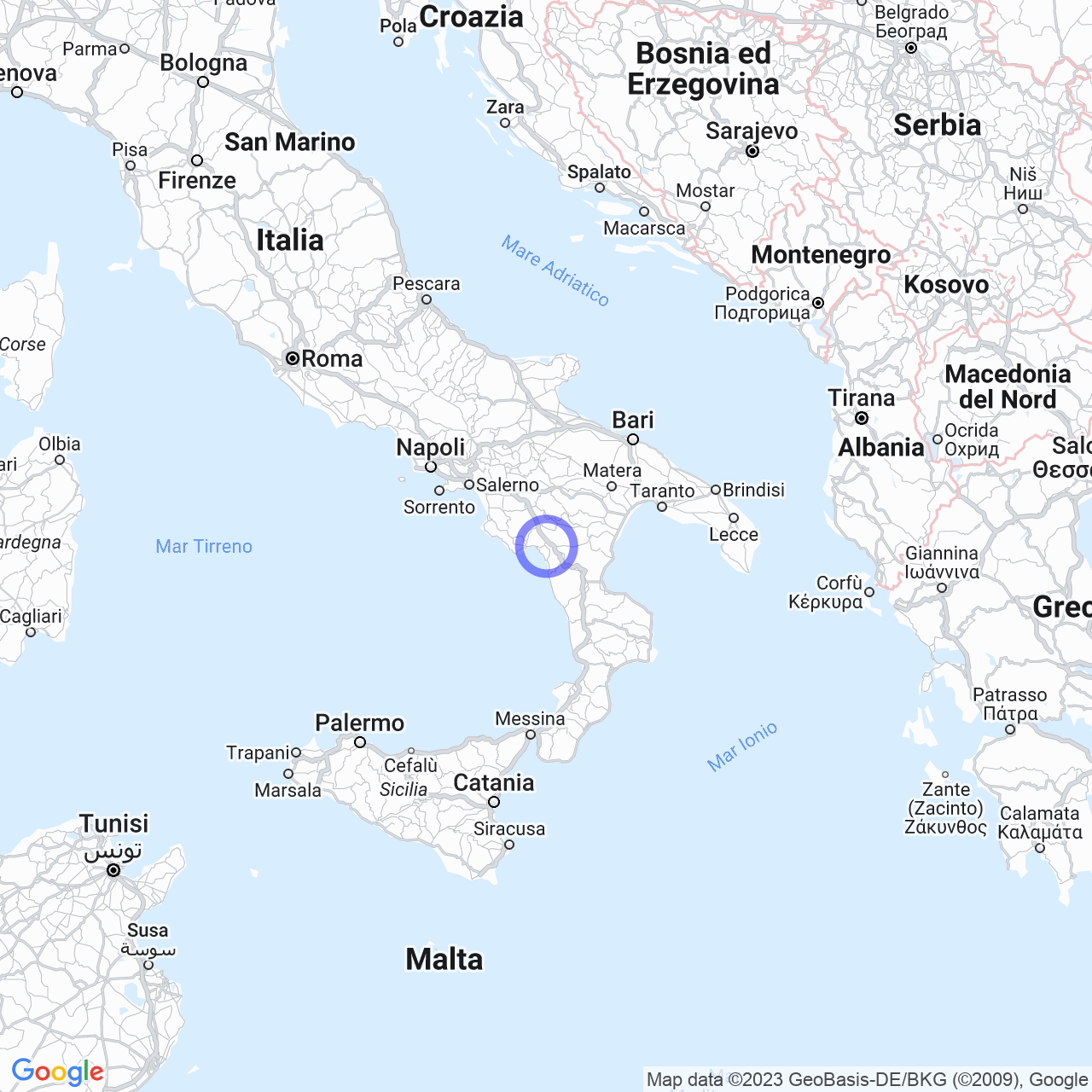San Costantino
San Costantino: a common name in Italy
Hello friends! Have you ever heard of San Costantino? It may seem strange, but this name is quite common in Italy, as you will discover by reading this article. Let's start with geography: there are several locations that bear the name San Costantino.
The first one I want to introduce you to is San Costantino, a hamlet of the municipality of Rivello in the province of Potenza, located in the beautiful Basilicata region. The area is famous for its mountains and forests, which offer a beautiful panoramic view. There are also many cultural attractions that are worth a visit. For example, the church of San Nicola, dating back to the 12th century, features beautiful and interesting frescoes.
But that's not all! There is another location in Italy called San Costantino, and it is a hamlet of Fiè allo Sciliar, in the province of Bolzano. This area with incredible natural beauty is located in the Trentino-Alto Adige region. Here the landscape is very different compared to Basilicata: here you will find the beautiful mountains, valleys, and forests of Trentino-Alto Adige. Furthermore, Fiè allo Sciliar is famous for its splendid castle, the Castel Presule.
But there are other cities in Italy called San Costantino. For example, there is the municipality of San Costantino Albanese, also in the province of Potenza, with a beautiful historic center and the parish church of San Costantino martyr. This church has a very ancient wooden altar and a 17th-century bell tower.
In addition, there is a municipality called San Costantino Calabro, in the province of Vibo Valentia, located in the region of Calabria. This municipality has a long history, dating back to prehistory, and a very interesting historic center, with churches and monuments.
Last but not least, there is also San Costantino di Briatico, a hamlet of the municipality of Briatico, always in the province of Vibo Valentia, in Calabria. Here you can enjoy beautiful beaches, crystal-clear waters, and a beautiful landscape.
San Costantino: an important name in religion
Now let's move on to the religious side of the matter. There are several religious figures who bear the name of San Costantino and who are venerated by the Catholic Church and the Orthodox Church.
The first person I want to introduce you to is Constantine the Great, the Roman Emperor who reigned from 306 to 337. Constantine is considered a saint by the Orthodox Church and some local churches of the Catholic Church. He is often called "the Great" because he played a very important role in the history of the Roman Empire, being the first emperor to convert to Christianity and to promote it as the official religion of the Empire.
There is also Saint Constantine of Gap, a bishop who lived in the fifth century and is venerated as a saint by the Catholic Church. He served as bishop of the French diocese of Gap-Embrun.
San Costantino was also a ruler of the medieval kingdom of Dumnonia, in southwestern England, who lived in the sixth century. He is venerated by the Catholic Church as a saint.
Constantine XI Palaiologos, born in 1404, was the last emperor of the Byzantine Empire. In 1453, when the city of Constantinople fell into the hands of the Ottoman Turks, Constantine was killed, and this event is remembered by the Catholic Church and the Orthodox Church as martyrdom. He was later venerated as a saint by the two churches.
Moreover, there is also Saint Constantine, king of Scotland. We know that he reigned in the second half of the ninth century, and is venerated as a martyr and saint by the Catholic Church.
Finally, there is Saint Constantine, abbot of the Montecassino Abbey, who lived between 1010 and 1085. He was a very important abbot in the Benedictine order, and is venerated as a saint by the Catholic Church.

Conclusions
Here is an overview of the name San Costantino, which can be found everywhere in Italy and in many parts of the world. I hope you have appreciated this information on Italian geography and religious history, gathered to share with you the beauty of this name. Perhaps, the next time you are traveling in Italy, you will have the opportunity to visit one of the locations called San Costantino and discover the meaning behind this name. See you next time, friends!
